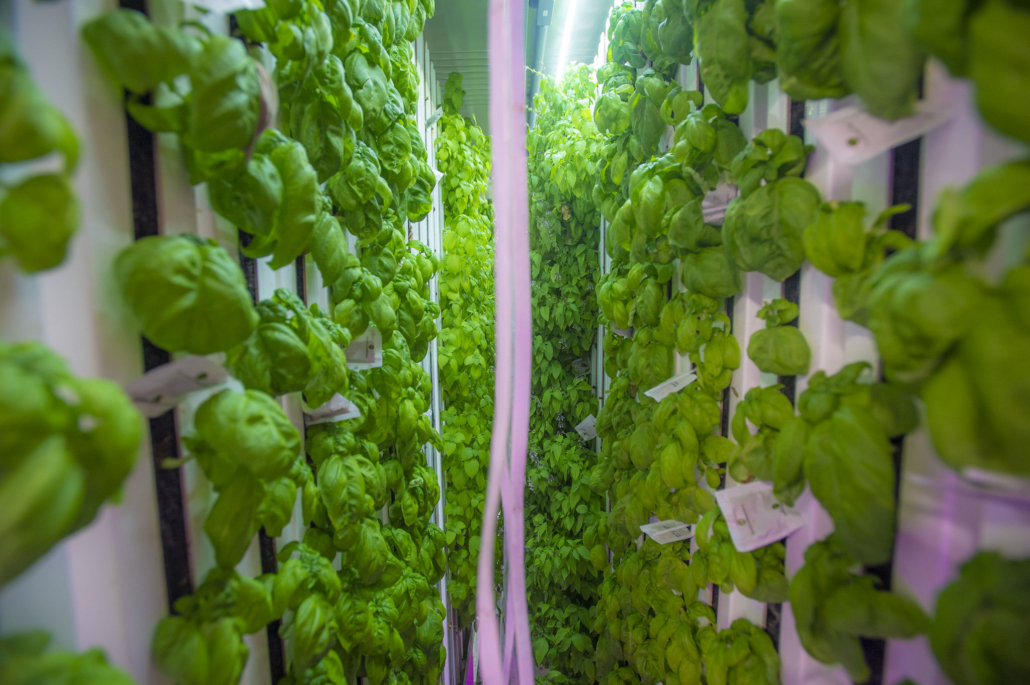China’s Advancements in Vertical Farming

Among the biggest issues families in poverty face are the lack of access to nutritional foods and the fatigue that follows extreme hunger. Vertical farming is a modern agricultural advancement that may be able to greatly increase accessibility to healthy, natural food for lower-income families and China is a leading investigator into this new idea. In April 2023, Chinese scientists managed to make one of the biggest advancements in vertical farming. They grew a previously unheard-of yield of cabbages and lettuce — 2,500 — in a single 9 by 5.5-meter tower in Singapore. The tower was in the shape of an “A,” and its yield was about 10 times that of a traditional farm with about 5% of the ground space.
China’s Vertical Farming Efforts
China is one of the top investors in vertical farming. The farms require high-technology equipment to regulate temperature, making the production of them an expensive endeavor. However, China is confident in its ability to provide food to urban areas and has so far invested in more than 250 farms across the country. The country was even one of the first to officially invest in the farms in 2002, and its popularity has increased steadily since then.
One of the largest farms set to be made in China is the Jian Mu Tower, which is designed to be 218 meters tall and use 10,000 square meters to grow indoor crops. This amount of space would yield almost 300,000 kilograms of crops each year, meaning it would be able to feed about 40,000 people. This is set to be one of the biggest advancements in vertical farming and many other agricultural practices. The tower is not only intended to be a farm but an experiment center for techniques like solar shading and microclimate control. The production of this building in Shenzhen will set the bar for vertical farms across the globe, alongside being a huge agricultural and architectural advancement.
The Benefits of Vertical Farming
One of the biggest benefits of vertical farming is that it simply takes up less space and water. Vertical farming is built upward, not outward across acres of land, and thus can yield thousands more crops with only a fraction of the ground space of traditional farming. The farms are also able to eliminate water waste within farming.
Another huge advantage to vertical farming is that the farms’ yields are not susceptible to bad weather conditions. In traditional farming, entire acres of crops can be wiped out by tornadoes or windstorms, yields can be ruined because the climate is too hot or cold and certain crops can only be grown in season. Indoor vertical farms can grow almost all crops year-round independent of weather conditions. The indoor farms are able to simulate any climate to properly nurture crops and save them from harsh weather conditions that would otherwise wipe them out, yielding high-quality, healthy food consistently and without high waste.
Finally, plants are also able to grow without bugs eating away at them, meaning agrochemicals that are used to control weeds or repel insects do not need to be used. This benefits both the crops, keeping them natural and unaffected by chemicals, and the environment, through the decreased use of aerosols.
The Downsides of Vertical Farming
Unfortunately, vertical farms can be very expensive. Many of the benefits that come along with vertical farming are a direct result of the cost of creating vertical farms. The equipment required to simulate outdoor conditions and properly monitor the growth of the crops is high-tech and high-priced, making countries less likely to invest in the farms.
The Future of Vertical Farming
Traditional farming is high-maintenance, strenuous work, and young people are becoming less interested in traditional farming as a career path. As of 2017, around 60% of farmers were more than 50 years old, and fewer and fewer young people are willing to participate in manual labor as the world becomes more technologically advanced. Vertical farms could grow in popularity because of this, as their controlled environment and smaller-scale individual production make working conditions much more comfortable.
– Allison Groves
Photo: Flickr
